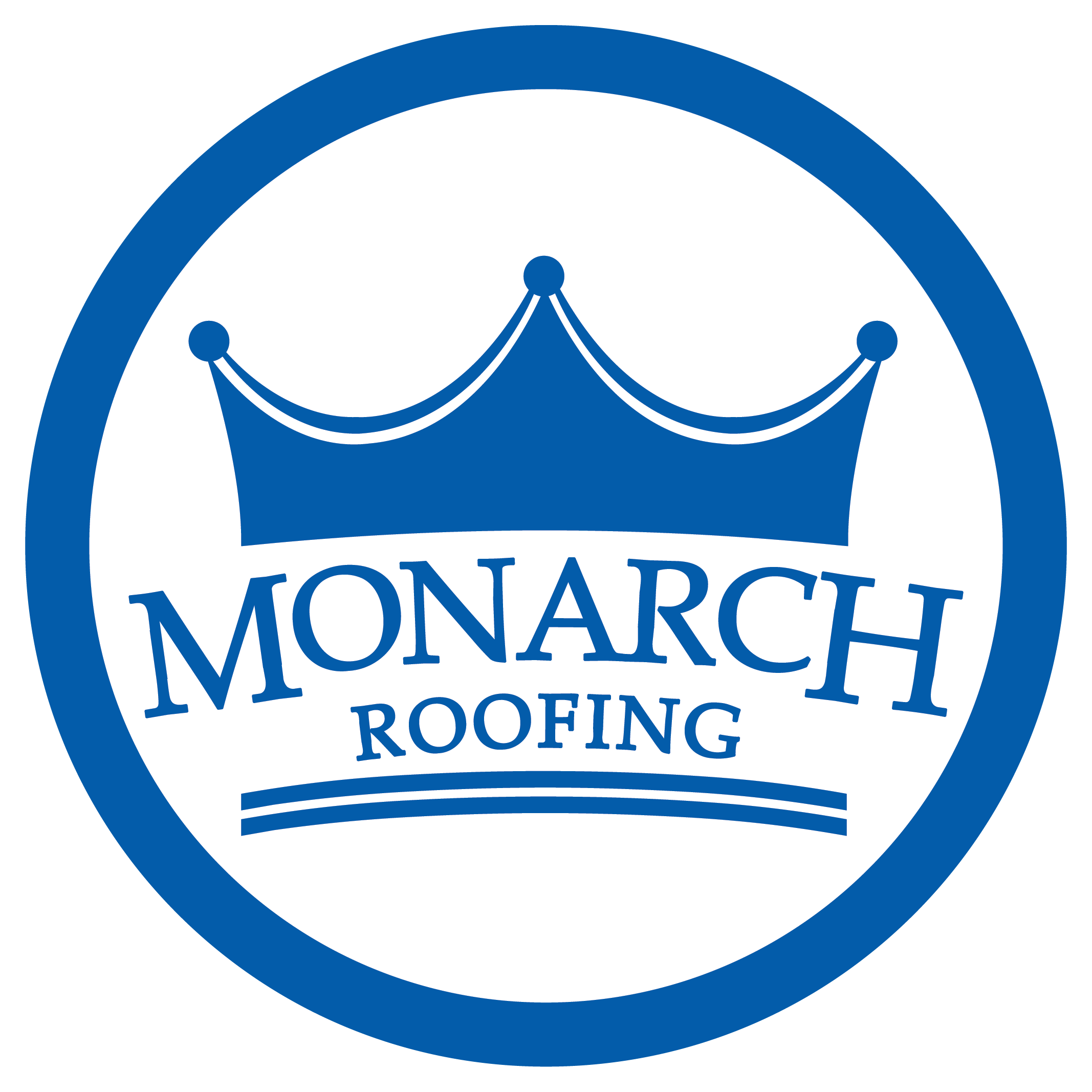Roof eaves, though often overlooked, play a crucial role in protecting our homes from the elements. These unassuming extensions of the roof serve both functional and aesthetic purposes. In this comprehensive guide, we’ll delve into the world of roof eaves, covering:
- What are roof eaves
- What roof eave styles are available
- Industry standards for roof eaves
- Signs of damage to your roof and eaves
- Roof eaves repair tips
Are you interested in getting your roof looked at? But want to get an overview of knowledge before talking with a roofer? Don’t worry, read along and get informed right away!
What Are Roof Eaves?
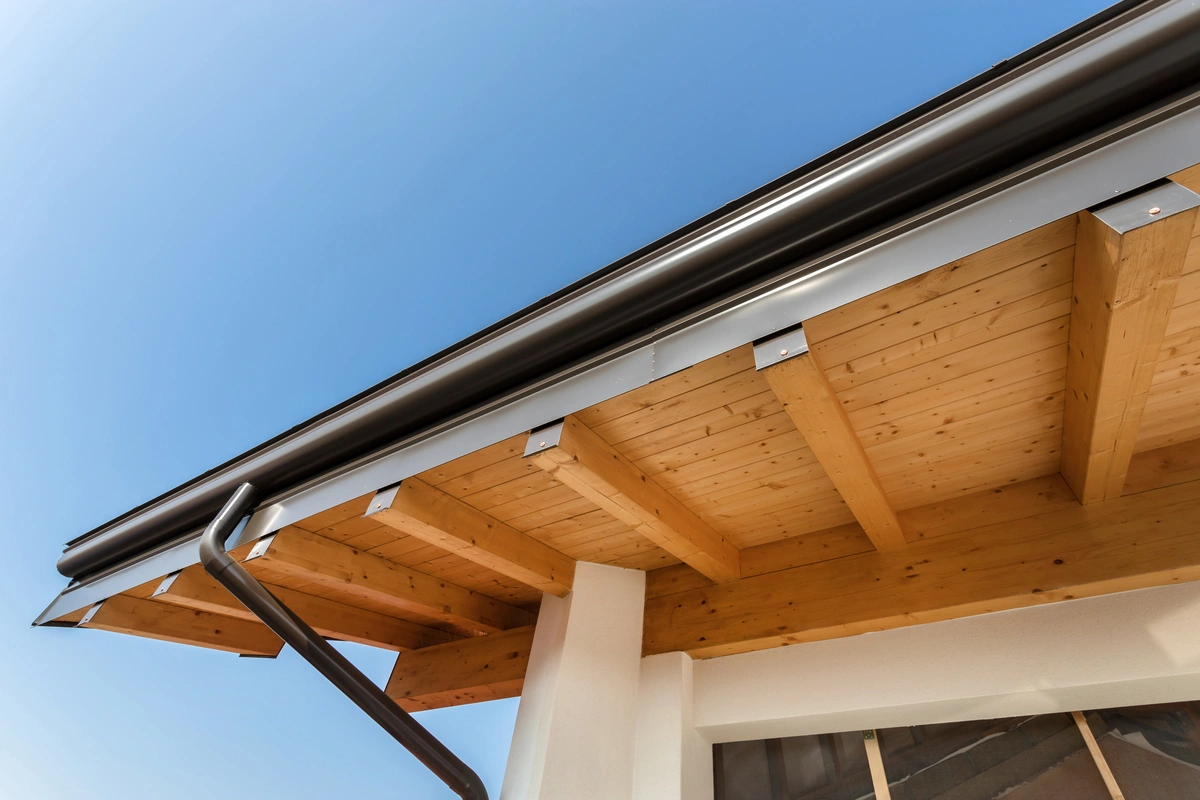
Roof eaves, sometimes simply called eaves, are the horizontal edges of a roof that overhang the walls of a building. They form a protective canopy over the exterior walls and serve several essential functions:
- Weather Protection: Eaves shield the walls from rain, snow, and other environmental elements, preventing water from directly hitting the walls and causing damage.
- Shade and Cooling: Eaves provide shade for the building’s exterior, which can help keep indoor spaces cooler during hot weather.
- Aesthetic Value: Eaves contribute to a building’s aesthetics, enhancing its overall design and curb appeal. Boxed eaves, with their decorative embellishments and trim, and closed eaves, which have an enclosed underside, both enhance the visual appeal and provide additional protection.
- Preventing Water Intrusion: By directing rainwater away from the walls, eaves help prevent water from seeping into the building, which can lead to structural damage and mold growth.
Exposed eaves, also known as open eaves, leave the roof rafter tails and sheathing visible, offering a more affordable option but with potential drawbacks like increased vulnerability to pests.
Now that we understand their importance, let’s explore the different styles of roof eaves.
6 Different Styles of Roof Eaves
Roof eaves come in various styles, each with its own unique characteristics and aesthetic appeal. The choice of eave style often depends on architectural preferences and the climate of the region.
Understanding the roof overhang is crucial for roof improvements and repairs. Different eave styles interact with roof rafters, emphasizing the protection of these structural elements from moisture and external elements. The roof’s overhang plays a protective role, shielding a home from water damage and enhancing its architectural style.
Soffits coordinate with the siding or fascia materials, contributing to both home protection and aesthetic appeal. Soffit covers are often used to protect the underside of the eave structure from pests. Soffit eaves are important for protecting the attic and completing the overall design of a home’s exterior.
Here are some common styles:
1) Box Eaves:
These eaves have a simple, straight design, extending horizontally from the roof’s edge, offering a more decorative and formal appearance. They are clean and minimalistic in appearance, making them suitable for modern and contemporary architectural styles.
2) Open Eaves:
Open eaves, also known as exposed eaves, have no soffit (the underside of the eave). Instead, the rafters and roof structure are exposed, giving a rustic and natural look. This style is popular in rural and cabin-style homes.
3) Closed Eaves:
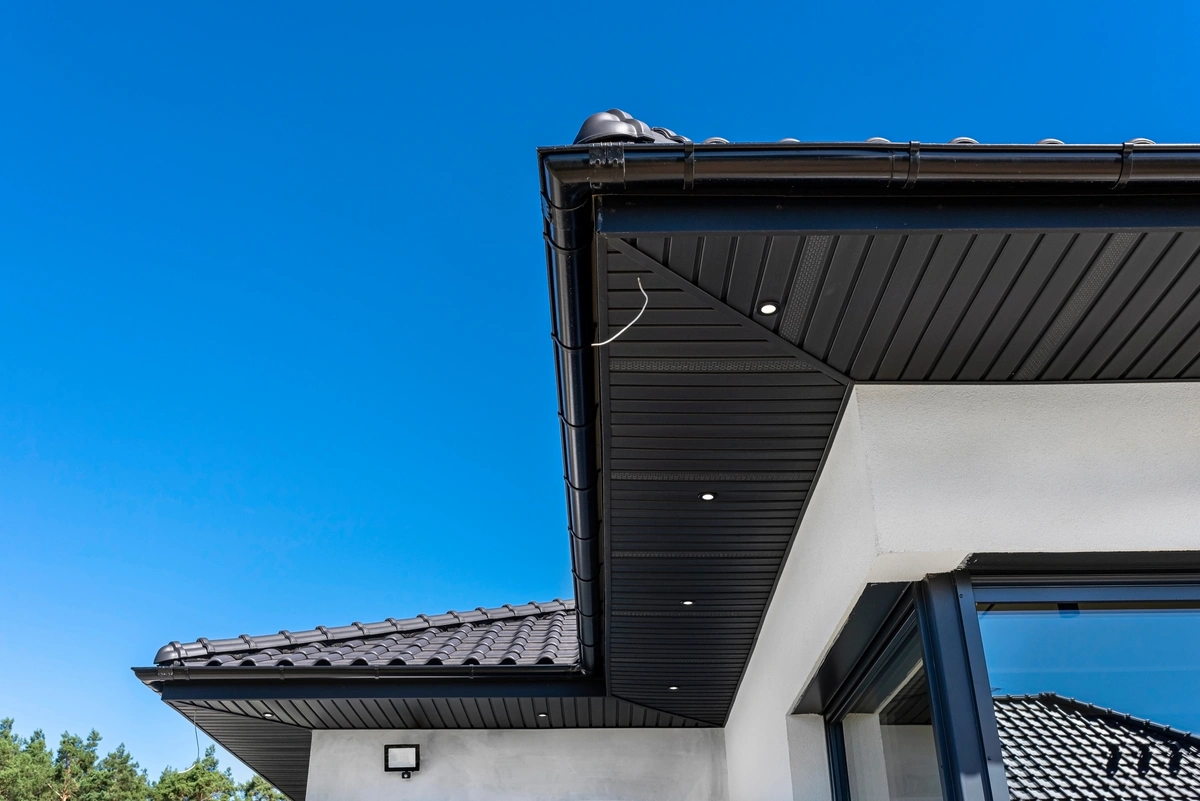
Closed eaves have a soffit that covers the underside of the eave, concealing the roof structure. This style provides a more finished and polished appearance, making it a common choice for traditional and colonial-style homes. If you notice damage to your closed roof eaves, either or both of the eaves and soffits will need repairs to be performed.
4) Wide Eaves:
Wide eaves extend far from the building’s walls, providing ample shade and protection from the elements. They are often seen in regions with hot climates, where shading is essential for cooling.
5) Decorative Eaves:
Some architectural styles feature decorative eaves with intricate designs and ornamentation. These eaves are often found in historical buildings and add a touch of elegance and grandeur to the structure.
6) Raked Eaves:
Raked eaves are sloped at an angle, creating a more dynamic and visually interesting look. They are commonly used in contemporary and modern designs to add a sense of movement to the roofline.
Roof Eave Standards
Roof eaves are not just about aesthetics; they must also meet industry standards to ensure proper functionality and safety. Standards for roof eaves vary by location and can be influenced by local building codes and climate considerations. However, some common standards and guidelines include:
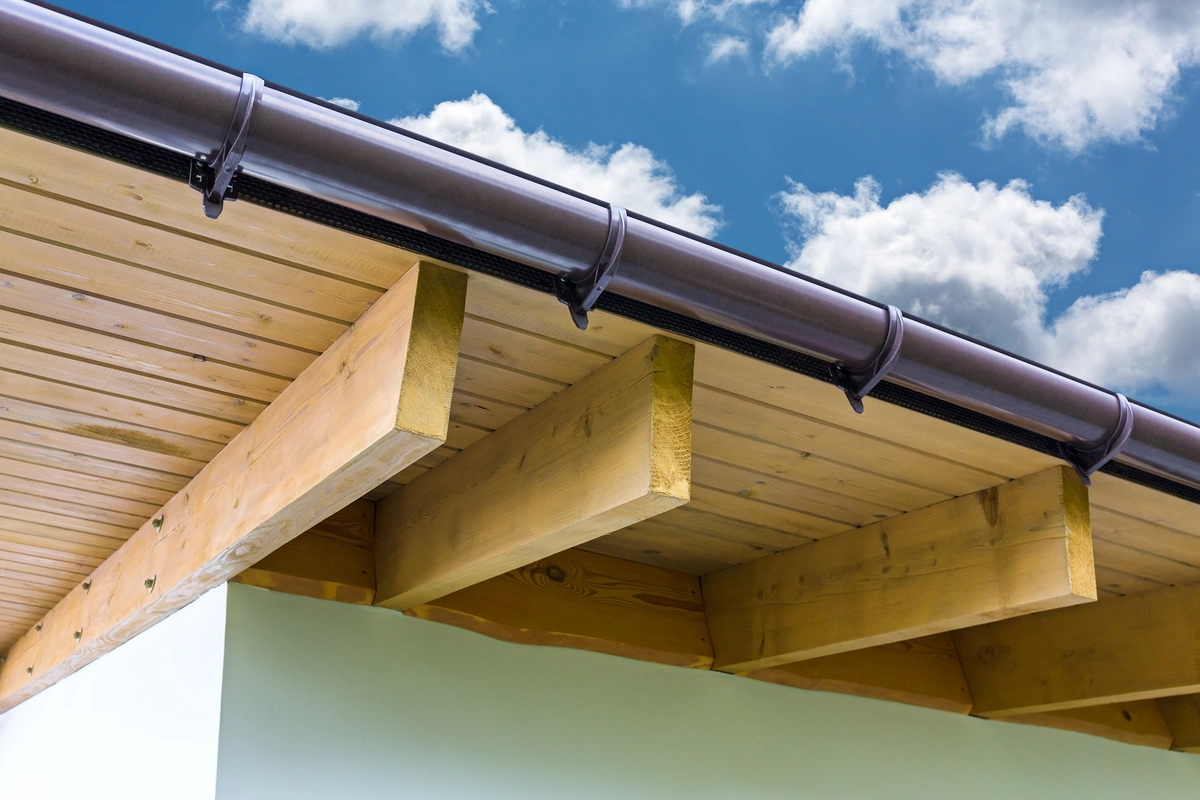
- Eave Overhang: The eave overhang, typically measured in inches, should be sufficient to direct rainwater away from the building’s walls effectively.
- Soffit Ventilation: If the eave has a soffit, it should include ventilation to allow air circulation in the attic space, preventing moisture buildup and mold growth.
- Material Durability: Eaves should be constructed with durable materials that can withstand weather conditions specific to the region, such as heavy snow or high winds.
- Gutter and Downspout Compatibility: Eaves should be designed to work seamlessly with gutter systems and downspouts to ensure proper drainage.
- Roof Pitch: The pitch of the roof and the design of the eaves should complement each other to prevent water infiltration.
Meeting these standards is essential to ensure that your roof eaves perform their protective functions effectively and remain in good condition.
Signs of Roof Eave Damage
Like any other part of your home, roof eaves are susceptible to damage over time. It’s crucial to identify signs of damage early to prevent more significant problems. Common indicators of roof eave damage include:
- Rotting Wood: Wood eaves can rot due to exposure to moisture and pests. Look for soft or discolored areas in the wood.
- Cracked or Peeling Paint: Paint on eaves can crack and peel, indicating moisture damage or exposure to extreme weather conditions.
- Sagging Eaves: Eaves that sag or droop are a sign of structural issues and should be addressed promptly.
- Water Stains: Water stains on the interior ceilings or walls can indicate that water is infiltrating through damaged eaves.
- Mold or Mildew Growth: Mold or mildew growth on the eaves’ surface or in the attic area suggests excessive moisture and poor ventilation.
- Insect Infestations: Insects like termites can damage eave materials. Look for signs of infestations, such as small holes or insect debris.
How to Repair Your Roof Eaves
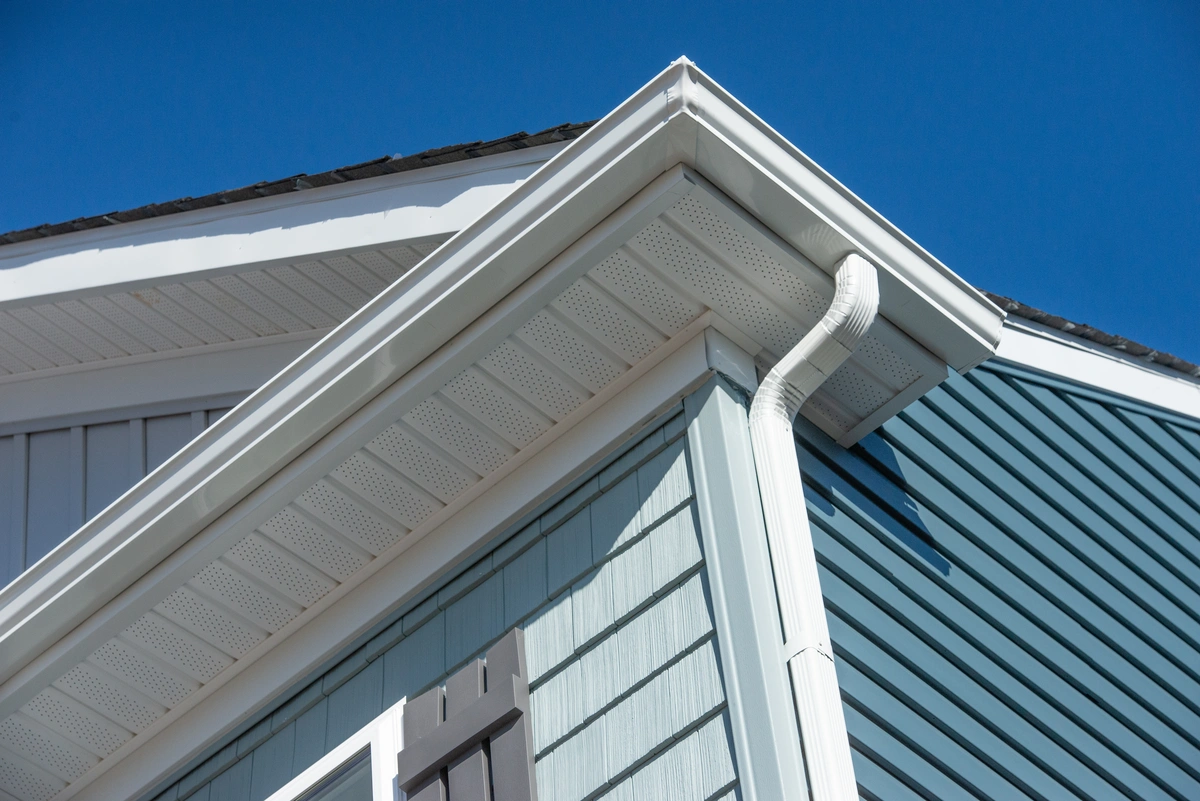
Repairing damaged roof eaves is essential to maintain the integrity and longevity of your home. Depending on the extent of the damage, you may choose to repair or replace the eaves. Here’s a step-by-step guide for repairing roof eaves:
Assessment:
Start by thoroughly inspecting the eaves to identify the extent of the damage. Determine whether the damage is localized or if it extends to the underlying structure.
Safety:
Before you begin any repairs, ensure your safety by using appropriate personal protective equipment (PPE) and working on a stable surface.
Remove Damaged Material:
Remove any rotted or damaged wood, trim, or soffit. Ensure that you reach sound, structurally sound wood.
Replace Damaged Sections:
Cut and fit replacement materials to match the removed sections. Use weather-resistant materials suitable for the local climate.
Sealing and Waterproofing:
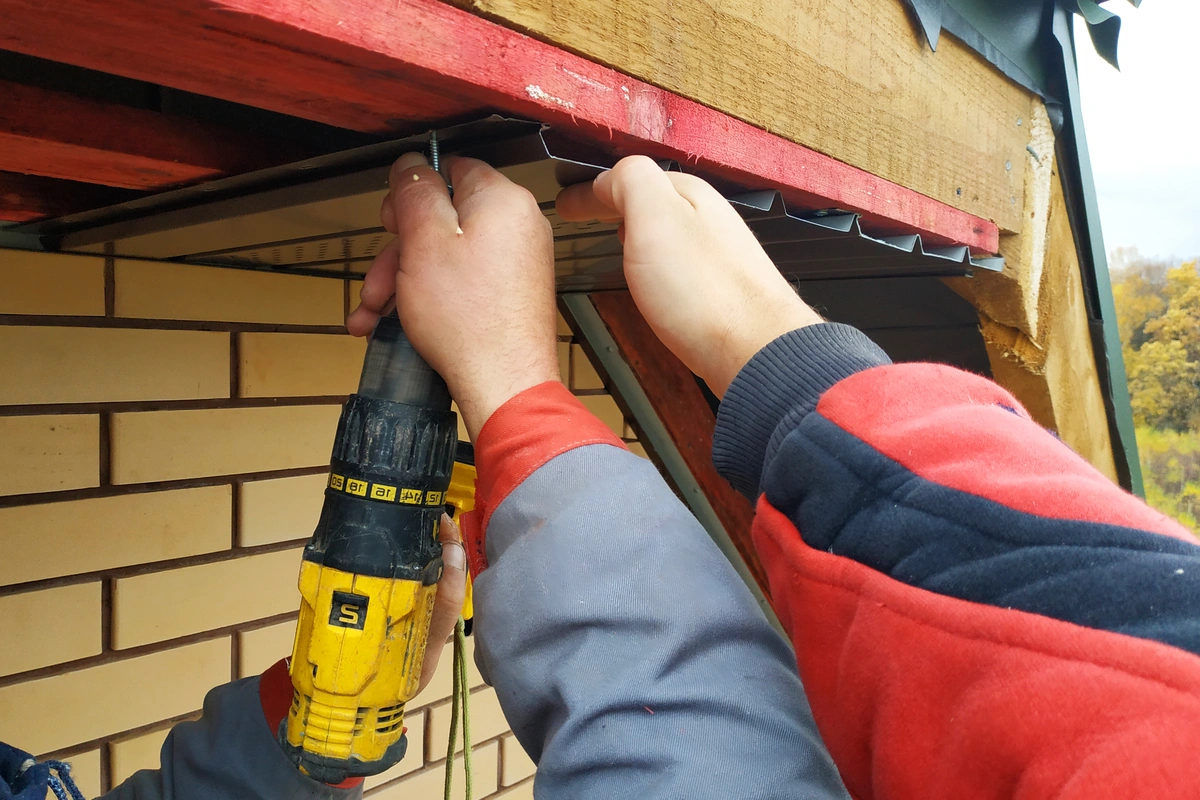
Apply a high-quality sealant to all seams, joints, and connections to prevent moisture infiltration.
Repaint:
Once the repairs are complete, repaint the eaves to protect them from the elements and restore their appearance.
Regular Maintenance:
To prevent future damage, perform regular maintenance such as cleaning gutters and inspecting eaves for signs of wear and tear.
If the damage to your eaves is extensive or if you are unsure about making the repairs yourself, it is advisable to consult a professional roofing contractor who can assess the situation and provide expert guidance.
Let Us Care for Your House Eaves!
Roof eaves are an integral part of a building’s structure, serving both functional and aesthetic purposes. Understanding the different styles, adhering to industry standards, and promptly addressing signs of damage are key to ensuring the longevity and effectiveness of your roof eaves.
With proper maintenance and occasional repairs, your roof eaves will continue to protect your home and enhance its curb appeal for years to come.
Contact Monarch Roofing today to learn more about caring for your home’s roof eaves.
